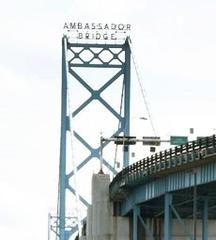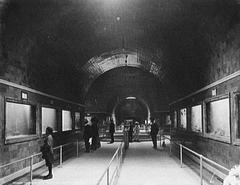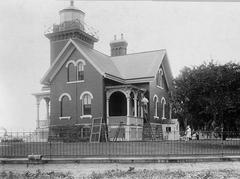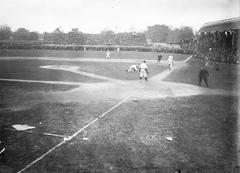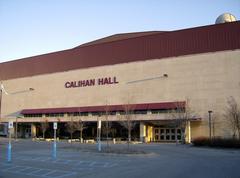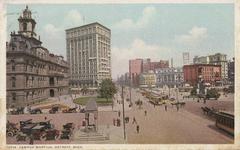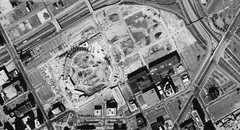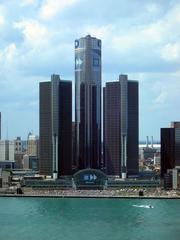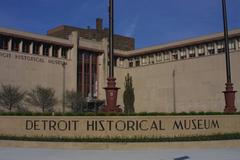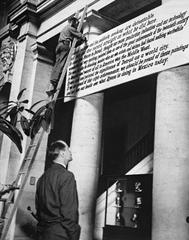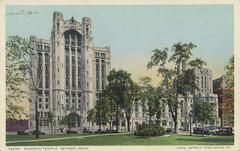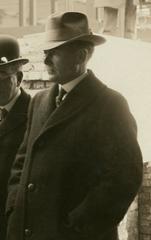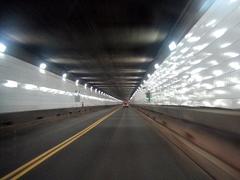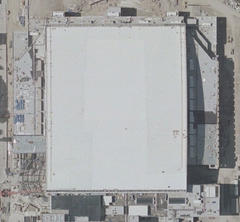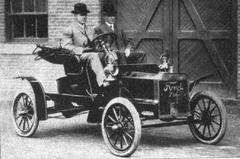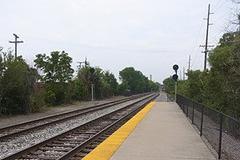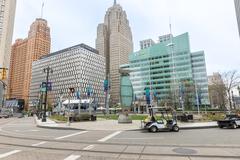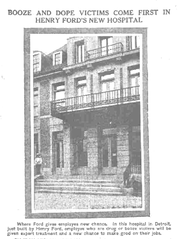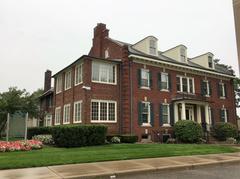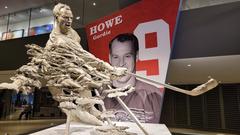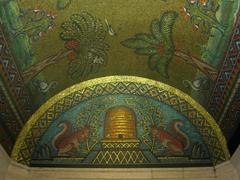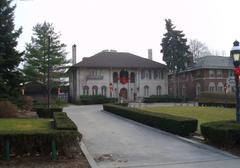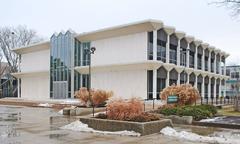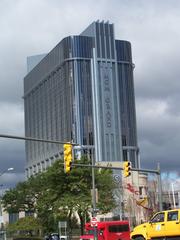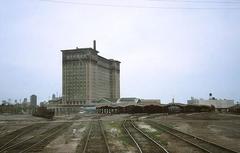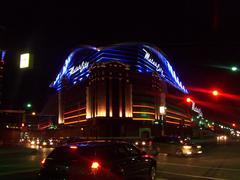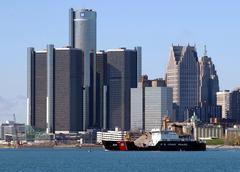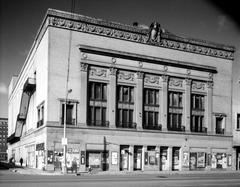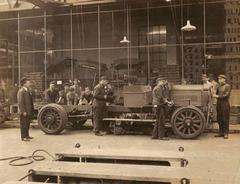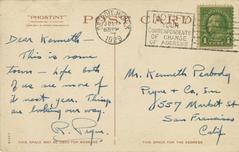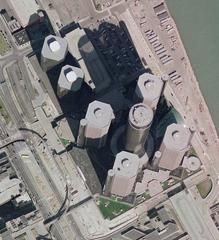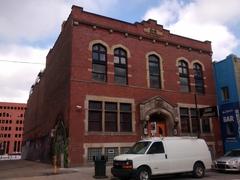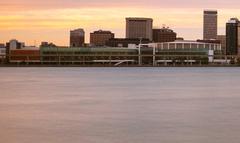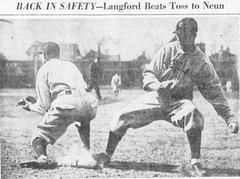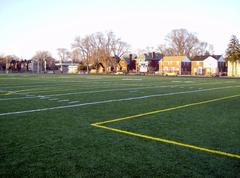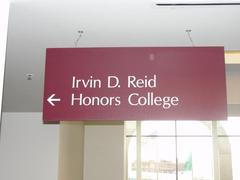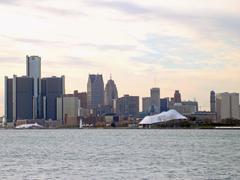
St. Boniface Roman Catholic Church Detroit: Visiting Hours, Tickets, and Historical Sites Guide
Date: 04/07/2025
Introduction
St. Boniface Roman Catholic Church, established in 1869, was a cornerstone of Detroit’s German Catholic community and a significant contributor to the city’s religious, cultural, and architectural heritage. Though the original structure was demolished in 1996, the legacy of St. Boniface endures through historical records, community memory, and the ongoing appreciation of Detroit’s immigrant history. This guide offers a comprehensive overview of St. Boniface Church’s history, architectural features, visitor information, and ways to engage with Detroit’s broader network of historical sites (Visiting St. Boniface Church Detroit: History, Hours & Tips; St. Boniface Roman Catholic Church Detroit: Architectural Legacy and Historical Significance; Detroit Historical Society – Historic Houses of Worship Tours).
Table of Contents
- Introduction
- Historical Overview
- Architectural Style and Features
- Visiting Information
- Educational and Cultural Legacy
- Preservation and Remembrance
- Frequently Asked Questions (FAQ)
- Notable Milestones
- Conclusion and Visitor Resources
Historical Overview
Founding and Community Impact
Founded in 1869 at Vermont and High Streets, St. Boniface Roman Catholic Church arose to meet the spiritual and social needs of Detroit’s burgeoning German immigrant population. The parish quickly established itself as a hub for worship, education, and community support. Under the leadership of Rev. P.J. Wermers and later pastors, a parochial school was staffed by the Sisters of the Immaculate Heart of Mary, with enrollment reaching 450 children by 1910 (Souvenir Album, 1910). The church became a center for cultural preservation, language instruction, and social services, shaping the lives of generations of Detroiters.
Architectural Significance
Designed by William Scott & Co., St. Boniface Church was a striking blend of Romanesque solidity and Ruskinian Gothic artistry. Its cruciform plan, imposing bell tower, and richly detailed brickwork and limestone foundation stood as a testament to the aspirations and craftsmanship of Detroit’s German Catholic community (Historic Structures; Wikipedia). The church’s façade featured a statue of St. Boniface, round-arched windows, and an original 200-foot spire—later rebuilt after storm damage.
20th Century Evolution and Closure
Through decades of demographic and urban changes, St. Boniface maintained an active parish life and educational mission (St. Boniface Parish Mission). However, shifting populations and parish consolidations led to its closure in 1989. Despite being designated a Michigan State Historic Site and listed on the National Register of Historic Places, the building was demolished in 1996 (Historic Detroit).
Architectural Style and Features
St. Boniface exemplified late 19th-century ecclesiastical architecture, combining:
- Romanesque elements: Round arches, heavy masonry, buttresses, and a cruciform layout.
- Ruskinian Gothic details: Decorative brickwork, use of contrasting materials, and coloristic effects (Historic Detroit).
- Bell tower and spire: A distinctive louvered tower and spire, visible for miles and serving as a Corktown landmark.
- Rectory and Ancillary Structures: The 1873 Italianate rectory, a parish hall (1892), and a school (1927) highlighted the church’s role as a community hub (Historic Structures).
Though the physical building is gone, archival photographs and records provide a window into its architectural legacy.
Visiting Information
Current Site Status
St. Boniface Roman Catholic Church no longer exists; the building was demolished in 1996. The site at 2356 Vermont Avenue is vacant and sometimes used for parking during local events. There are no visiting hours, tours, or tickets available for St. Boniface itself.
Safety and Accessibility
The former church grounds are not maintained for visitors, and entry onto the property is not permitted due to safety and liability concerns. However, you may view the site from public sidewalks. Photography is allowed from public areas, but please respect all signage and avoid trespassing.
Nearby Detroit Historical Sites
Detroit offers a wealth of accessible historic churches and religious sites:
- Ste. Anne de Detroit Catholic Church: The oldest continuous Roman Catholic parish in the U.S., with active worship and tours (Visit Detroit - Corktown).
- St. Joseph Oratory: Known for elaborate interiors and traditional liturgy.
- Old St. Mary’s Church: Located in Greektown, open for visitors, and reflecting Detroit’s German Catholic heritage.
For curated itineraries and digital passes, consult the Visit Detroit tourism website.
Educational and Cultural Legacy
St. Boniface’s legacy lives on through its early commitment to education, cultural preservation, and community service. The parish school, staffed by the Sisters of the Immaculate Heart of Mary, embodied the church’s role as a center of faith and learning (Souvenir Album, 1910). Today, the story of St. Boniface is preserved in local archives, historical societies, and the memories of Detroit’s Catholic community.
Preservation and Remembrance
Although the church building is gone, St. Boniface’s historical significance is recognized through archival documentation, heritage tours, and digital resources. Organizations like the Detroit Historical Society and Historic Detroit maintain extensive records and visual materials (Detroit Historical Society – Historic Houses of Worship Tours; Historic Detroit). There are currently no active restoration projects or plans to redevelop the original site.
Frequently Asked Questions (FAQ)
Q: Can I visit St. Boniface Church in Detroit?
A: The original church was demolished in 1996. The site is vacant and not open to the public.
Q: Are there tickets or tours for St. Boniface?
A: No; there are no tickets, tours, or events at the site.
Q: Is the site wheelchair accessible?
A: The site is not maintained for accessibility. View from public sidewalks only.
Q: Where can I learn more about Detroit’s religious history?
A: Explore resources from the Detroit Historical Society, Visit Detroit, and local libraries.
Q: What other historic churches are open to visitors in Detroit?
A: Consider Ste. Anne de Detroit, St. Joseph Oratory, and Old St. Mary’s Church for tours and worship.
Notable Milestones
- 1869: Parish founded for German Catholic immigrants.
- Circa 1890–1910: School enrollment peaks; architectural enhancements made.
- 1910: Parish school enrolls 450 children.
- 1983: Designated a Michigan State Historic Site.
- 1989: Added to the National Register of Historic Places; closed as a parish.
- 1996: Demolished due to structural and urban changes.
Conclusion and Visitor Resources
Though St. Boniface Roman Catholic Church no longer stands, its story remains a vital chapter in Detroit’s religious and architectural history. Visitors interested in the city’s heritage can explore nearby historic churches, participate in walking tours, and access digital archives to connect with Detroit’s past.
For up-to-date information on open sites, digital tours, and events:
- Detroit Historical Society – Historic Houses of Worship Tours
- Visit Detroit
- Historic Detroit’s St. Boniface page
- Historic Structures
Practical Tips:
- Respect the privacy and safety restrictions of the former St. Boniface site.
- Use public sidewalks for exterior photography.
- Plan visits to active historic churches for immersive experiences.
- Download the Audiala app for guided audio tours and event notifications.
Stay connected with Detroit’s ongoing preservation efforts by following local organizations and checking for updates on historical tours and cultural programs.
References
- This guide was informed by credible sources including Rootsweb, Historic Detroit, Historic Structures, Wikipedia, Detroit Historical Society, and Visit Detroit.



